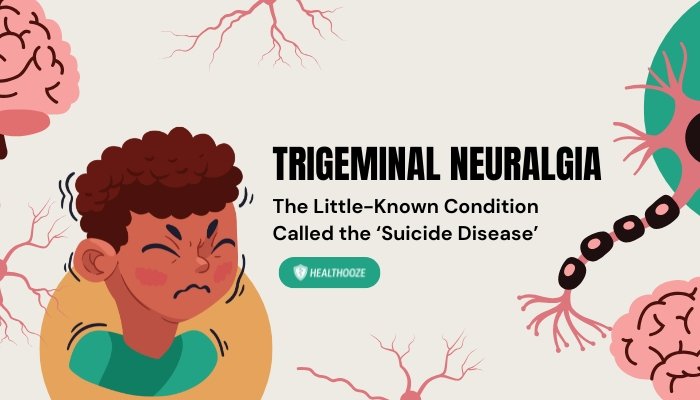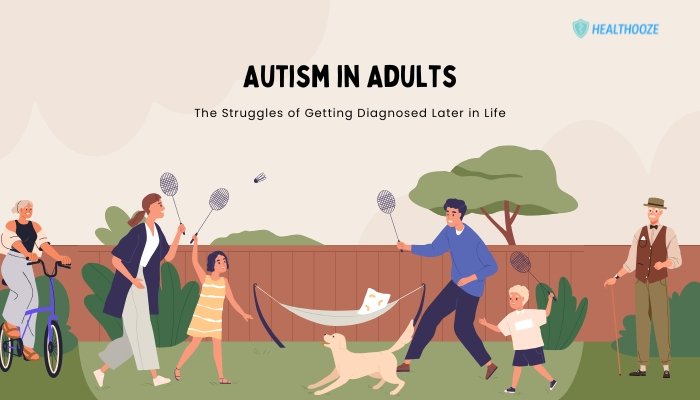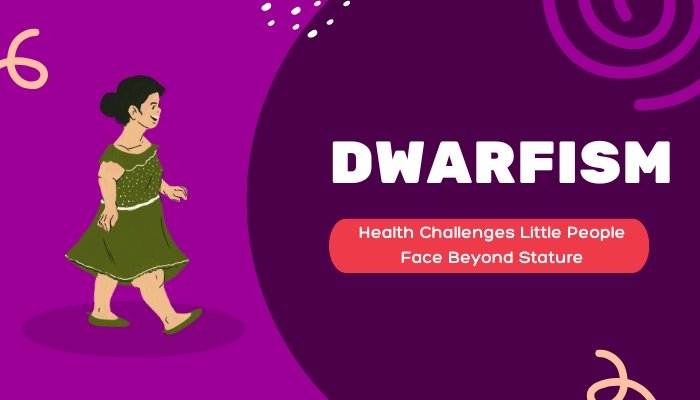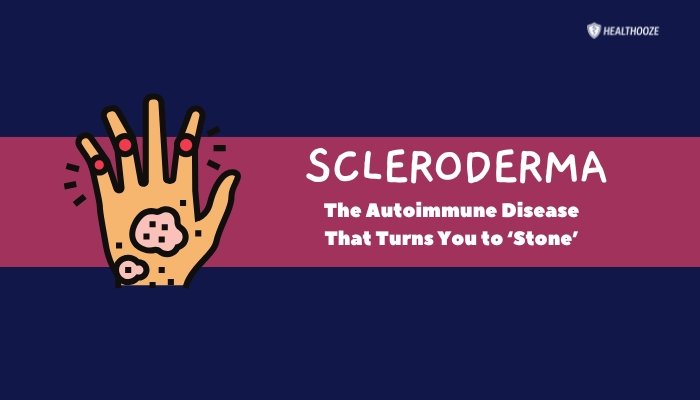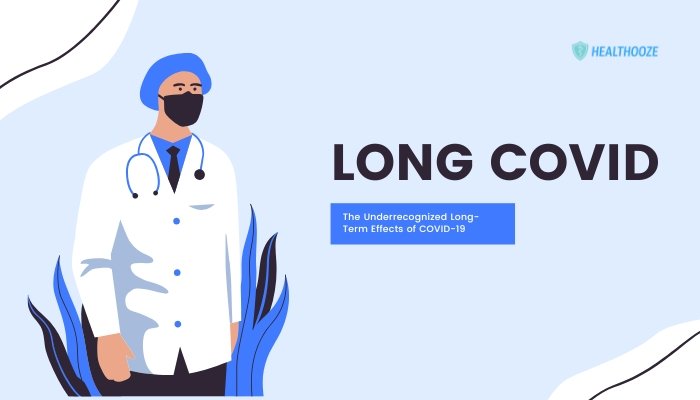Introduction
Thalassemia is a group of inherited blood disorders that affect the body’s ability to produce hemoglobin—an iron-rich protein in red blood cells responsible for carrying oxygen.
People with thalassemia often experience chronic anemia, fatigue, and may require lifelong treatment, such as blood transfusions or iron chelation, to manage complications. While commonly recognized in parts of Africa, Asia, and the Mediterranean, thalassemia remains under-discussed in many Western countries, leading to delayed diagnoses, missed opportunities for treatment, and diminished support networks.
This article examines the nature of thalassemia, discusses how awareness and resources differ worldwide, and highlights steps families and healthcare systems can take to ensure earlier detection and care.
What Is Thalassemia?
Defining the Disorder
Thalassemias arise from genetic mutations affecting the production of alpha or beta globin chains, components of hemoglobin. When globin chains are defective or absent, red blood cells become fragile and die prematurely, resulting in fewer viable cells and less oxygen delivery to tissues. There are two main categories:
- Alpha Thalassemia: Caused by mutations or deletions in the genes controlling alpha globin production.
- Beta Thalassemia: Arises from defects in the beta globin genes. Beta thalassemia’s severity ranges from the clinically milder beta thalassemia minor (trait) to beta thalassemia major (Cooley’s anemia), which often requires routine blood transfusions to sustain adequate hemoglobin levels.
Genetic Inheritance
Thalassemias follow an autosomal recessive pattern: to manifest disease symptoms, an individual typically inherits two defective globin genes—one from each parent. Those inheriting only one mutated gene are carriers, often with few symptoms (though they may still exhibit mild anemia). Carrier prevalence is high in regions historically plagued by malaria, as carriers gain slight malaria resistance, explaining thalassemia’s prevalence in certain parts of the globe.
Global Distribution and Epidemiology
- High Incidence Regions: Includes the Mediterranean (Greece, Italy), Middle East, South Asia, Southeast Asia, and parts of Africa.
- Migration Effects: As diaspora communities settle across Europe, North America, or Australia, thalassemia increasingly appears in Western clinics, though public knowledge remains limited.
Symptoms and Types of Thalassemia
Alpha Thalassemia Spectrum
- Silent Carrier State: One gene deletion, typically asymptomatic.
- Alpha Thalassemia Minor/Trait: Two gene deletions, causing mild anemia and slight microcytosis (small red blood cells).
- Hemoglobin H Disease: Three gene deletions, resulting in moderate to severe anemia, splenomegaly, and occasional transfusion needs.
- Alpha Thalassemia Major (Hydrops Fetalis): Four gene deletions; often fatal before or shortly after birth, marked by severe edema and organ failure in the fetus.
Beta Thalassemia Subtypes
- Beta Thalassemia Minor (Trait): Typically mild anemia with minimal symptoms.
- Beta Thalassemia Intermedia: More severe than trait but may not require regular transfusions unless triggered by stressors like infections or pregnancy.
- Beta Thalassemia Major (Cooley’s Anemia): Presents in infancy or early childhood with failure to thrive, severe anemia, and dependence on transfusions.
Common Symptoms
- Chronic Fatigue: Low hemoglobin diminishes oxygen delivery, causing ongoing tiredness and dizziness.
- Pallor and Jaundice: Rapid red blood cell destruction can lead to pale complexion, or yellowish skin from bilirubin buildup.
- Enlarged Spleen (Splenomegaly): Overworked spleen filtering abnormal cells.
- Bone Deformities: In children, expanded bone marrow can reshape the skull or face, especially in untreated beta thalassemia major.
- Growth Delays: Frequent transfusions or chronic illness hamper normal growth milestones.
Why Thalassemia Is Under-Recognized in the West
Demographic Patterns
Many individuals with thalassemia descend from cultures where the disease is more common, such as immigrants from Asia, the Mediterranean, or Africa. Historically, mainstream Western healthcare systems might not have emphasized screening or education targeted at these communities.
“Invisible” Carrier States
Carriers often exhibit mild anemia without major symptoms, enabling them to pass it on unknowingly. Genetic counseling or routine health checks may overlook microcytic anemia, attributing it to iron deficiency or mild nutritional gaps rather than a hereditary condition like thalassemia.
Limited Public Awareness and Funding
Rare disease frameworks often overshadow some forms of thalassemia, even though collectively these conditions affect large global populations. Additionally, philanthropic and government resources may concentrate on other blood disorders with stronger advocacy or name recognition.
Cultural Stigma and Silence
In some communities, discussing genetic illnesses is taboo, fueling reluctance to seek testing or share relevant family histories with doctors. The fear of being labeled “defective” or “unmarriageable” also perpetuates secrecy around carriers.
Diagnosis and Treatment
Screening and Testing
- CBC (Complete Blood Count): Points to microcytic (small cell) anemia.
- Hemoglobin Electrophoresis or HPLC: Distinguishes abnormal hemoglobin variants such as HbH or HbS (coexisting with sickle cell) from typical patterns.
- Genetic Analysis: Confirms specific mutations or deletions, clarifying alpha vs. beta subtypes and potential severity.
Managing Thalassemia
- Blood Transfusions: In moderate to severe cases, regular transfusions maintain safer hemoglobin levels, preventing organ damage.
- Iron Chelation: Recurrent transfusions can cause iron overload, endangering the heart and liver. Chelators (e.g., deferoxamine, deferasirox) remove excess iron.
- Folic Acid Supplementation: Aids red blood cell formation.
- Splenectomy: Surgical removal of an overactive spleen if it excessively destroys RBCs, though risks must be weighed carefully.
Curative Approaches
- Bone Marrow/Stem Cell Transplant
- Only potential cure for severe beta thalassemia. Requires a matched donor, often a sibling. Although success rates improve, availability is limited, and complications remain.
- Gene Therapy
- Investigational therapies aim to insert functional beta globin genes or correct existing mutations. Early trials show promising results, but costs and advanced technology confine widespread access.
- Gene Editing (CRISPR)
- A future frontier involves editing mutated genes at their source, possibly offering definitive cures if safety and efficacy are proven.
Living with Thalassemia: Practical and Emotional Challenges
Quality of Life
- Chronic Transfusion Schedules: Frequent hospital visits hamper schooling, work, or personal life.
- Fatigue Management: Even with treatment, mild anemia and daily fatigue can slow normal routines.
- Psychological Burdens: Stress from repeated procedures, fear of complications, and potential self-image concerns about stunted growth or bone deformities.
Financial and Healthcare Pressures
- High Treatment Costs: Lifelong iron chelation drugs or advanced therapies can be prohibitively expensive without robust insurance or national health coverage.
- International Disparities: In many low-resource countries, limited transfusion resources and minimal screening lead to high childhood mortality or severe complications.
Family and Community Support
- Genetic Counseling: Helps prospective parents understand carrier status and recurrence risks, mitigating heartbreak or advanced planning for child’s care.
- Peer Groups: Online or local organizations for individuals with thalassemia, sharing knowledge and providing solidarity in daily trials.
- Advocacy: Some patients and families champion better access to medications or research involvement, bridging local gaps and spurring health policy improvements.
Advances and Future Directions
Screening Programs
Countries such as Cyprus, Italy, and parts of Asia have significantly lowered new births of severe thalassemia through national screening. By identifying carriers early and offering genetic counseling, these efforts reduce disease incidence and ensure better outcomes for existing patients.
Research Partnerships
Global alliances involving patient advocacy groups, biotech, and governments intensify gene therapy studies. Some have resulted in new treatments that raise hemoglobin levels or reduce transfusion requirements. Encouraging cross-border data sharing also speeds up clinical trial enrollment.
Holistic Care Models
Increasingly, comprehensive care clinics combine endocrinology (for growth or puberty issues), cardiology (for iron overload on the heart), and mental health services under one roof. This integrated approach addresses multiple aspects of living with thalassemia, from organ preservation to emotional resilience.
Conclusion
Though commonly perceived as rare in Western contexts, thalassemia is prevalent in many global regions and is far from a negligible condition. People with thalassemia may face frequent blood transfusions, iron overload complications, economic burdens, and emotional stresses. Yet, a deeper understanding—matched with improved public awareness, expanded newborn screening, advanced therapies, and cross-border research—can elevate these individuals’ quality of life while guiding them toward effective treatments and future cures.
Ultimately, shining a spotlight on thalassemia in the West and beyond fosters earlier diagnoses, spurs medical innovation, and encourages robust supportive networks. With comprehensive strategies that incorporate genetic counseling, advanced therapies, and inclusive policy measures, patients with thalassemia can thrive, transcending the condition’s challenges to live healthier, fuller lives.
References
-
- Galanello R, Origa R. Beta-thalassemia. Orphanet J Rare Dis. 2010.
-
- Weatherall DJ, Clegg JB. Thalassemia—a global public health problem. Nat Med. 1996.
-
- Cao A, Galanello R. Beta-thalassemia. Genet Med. 2010.
-
- Taher AT, Musallam KM, Cappellini MD. Beta-thalassemias. N Engl J Med. 2021.
-
- Muncie HL Jr, Campbell J. Alpha and beta thalassemia. Am Fam Physician. 2009.


